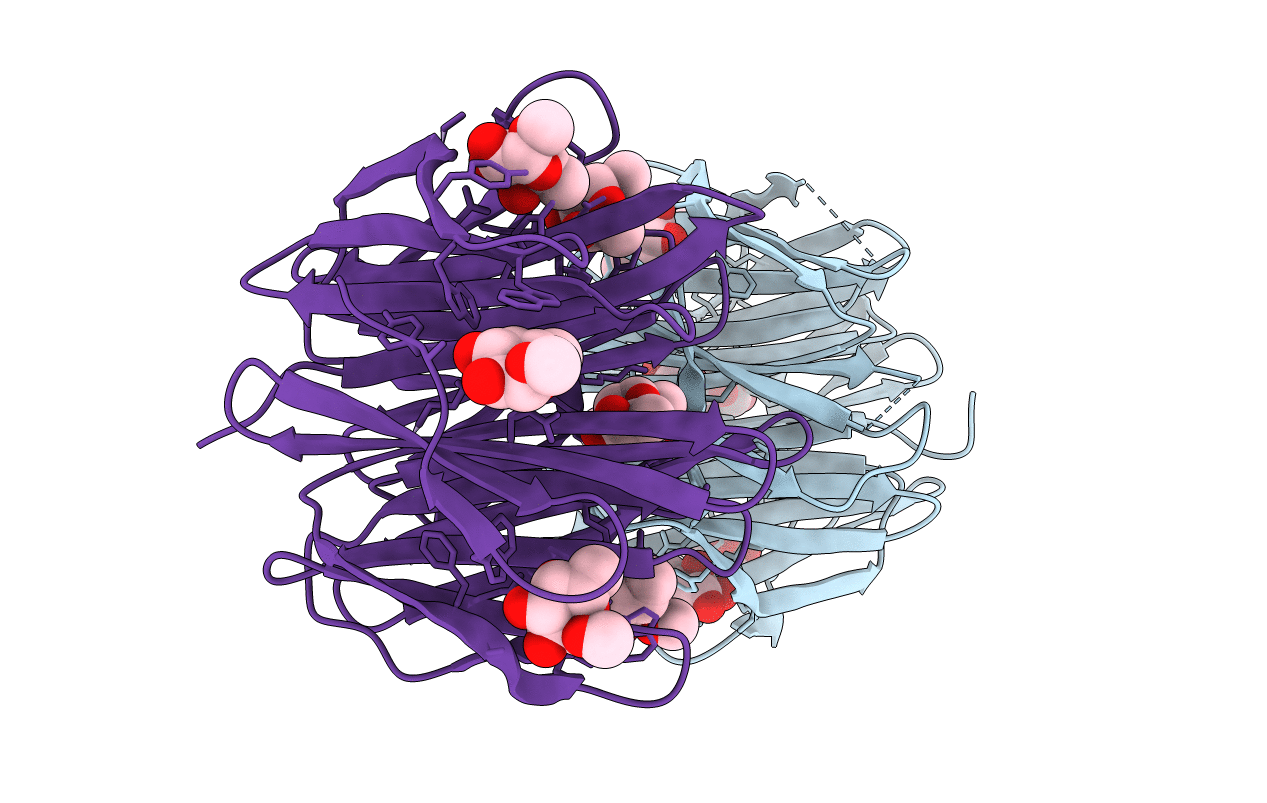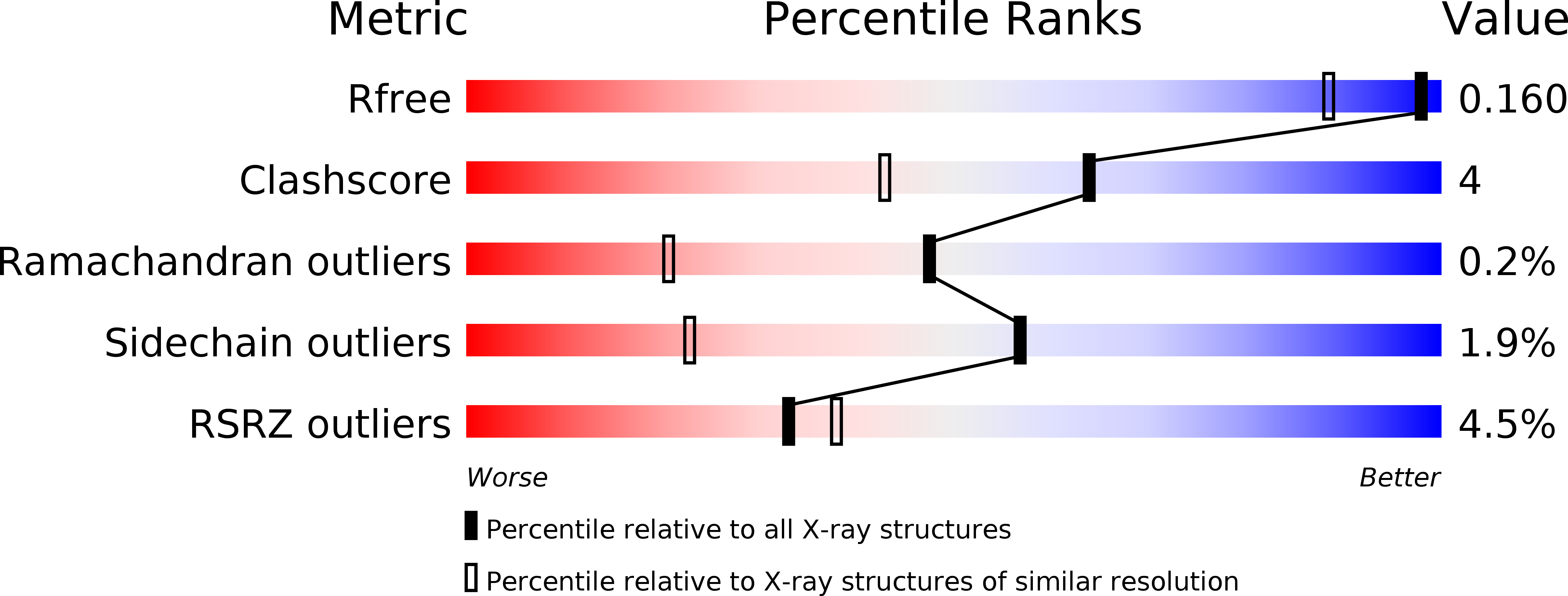
Deposition Date
2014-03-06
Release Date
2014-10-08
Last Version Date
2023-12-20
Entry Detail
PDB ID:
4CSD
Keywords:
Title:
Structure of Monomeric Ralstonia solanacearum lectin
Biological Source:
Source Organism:
RALSTONIA SOLANACEARUM (Taxon ID: 305)
Host Organism:
Method Details:
Experimental Method:
Resolution:
1.35 Å
R-Value Free:
0.14
R-Value Work:
0.11
R-Value Observed:
0.11
Space Group:
P 1 21 1


